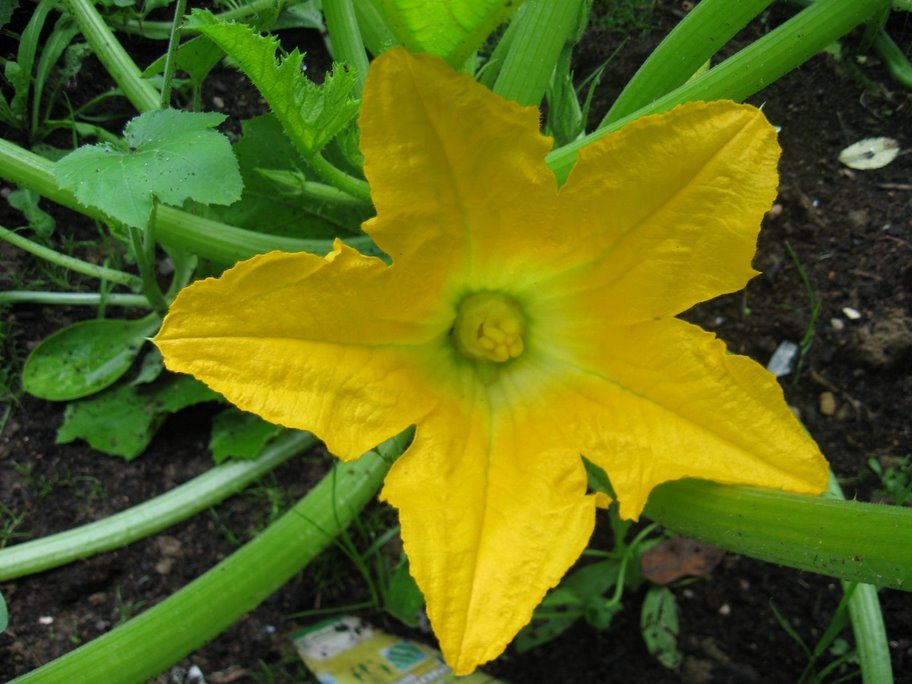
Male flowers (empty flowers) are always the first to appear on the bushes of zucchini, which is a normal phenomenon, they gradually fertilize female flowers, dry out and fall off, in the future a mixed type of flowering is observed. It so happens that after a considerable period of time after the beginning of flowering, the fruits never set or they are very few. Why do zucchini grow only male flowers, what do?
Content
Features of flowering and fruiting zucchini
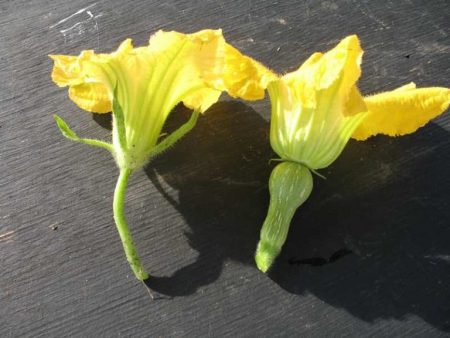
How to distinguish male and female inflorescences - the first grow on long, thin stems, the second pedicels are shorter, a tiny fruit grows from them, ending in a bud. In order for the ovary not to fall, the female flower requires pollen from the male. Pollination occurs in different ways (wind, insects, etc.).
Do not allow the most common mistake of beginning gardeners, you do not need to pick off male flowers, they do not take food from the plant. Such buds are responsible for the preservation and proper development of the fruit.
No zucchini in the squash, why and what to do
Hybrid zucchini has few male flowers, but at the same time they are well pollinated, the bushes give excellent yields. In varietal - depending on weather factors and growing conditions, the first 10-15 days are predominantly male flowers. In the case when this period is delayed, you need to understand the reasons, there may be several:
- wrong landing;
- adverse weather;
- inappropriate soil composition;
- the development of disease, pest damage;
- unbalanced nutrition;
- lack of pollinator insects;
- poor planting material.
Influencing factors zucchini, can be manifested both singly and in combination, often it is not only agricultural technology. In any case, you need to respond to the problem as soon as possible.
Seed selection and preparation
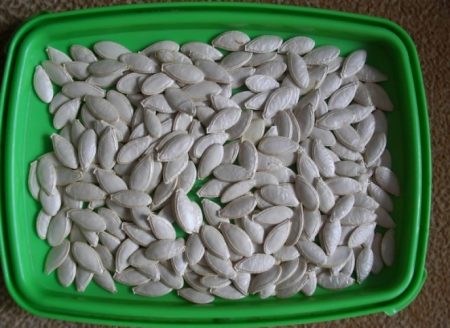
Young seeds produce offspring prone to copious male flower formation. Bushes begin to bear fruit very late and only after treatment with stimulants such as Ovary or artificial pollination. Bushes from the old seed can be weakened, also give a lot of barrenness. Two-year seeds are ready for sowing, with a maximum shelf life of 5–7 years.
For landing choose the largest seeds, they will show the best results. Sort - dip the seeds in a 3% saline solution, mix well and leave for 5 minutes. Grains that have fallen to the bottom of the container are washed and soaked for 15 minutes in a 1% solution of potassium permanganate, thoroughly rinsed. Now seeds for faster germination for 15 hours are put in a nutritious infusion - 20 grams of ash per liter of water (insist day).
To zucchini quickly adapted to adverse weather conditions, the seeds are hardened before sowing. At night they are left at a temperature of 0 to +2 degrees, and during the day - +16 degrees. Quenching is carried out for several days, before peeling.
When buying seeds, do not save, give preference to producers with a good reputation. Be sure to see the information on the back of the package, take into account the preferences of a particular variety to the place of planting and climatic conditions. Do not purchase planting stock on the market in packs without labeling or by weight.
How and where to plant culture
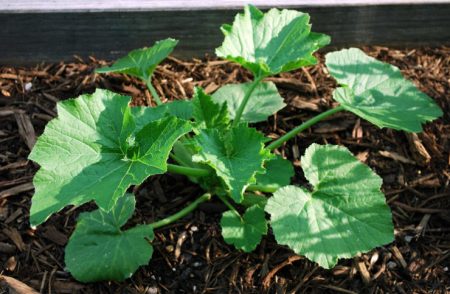
In most regions of Russia, culture grown in open fielddespite the fact that she comes from the south.The site is chosen sunny, without strong winds and cold drafts. Where summers cool for culture are built up raised beds equipped with temporary shelter. The same thing happens with a high level of groundwater, the plant does not tolerate waterlogging.
Zucchini has special preferences for soil, it should be loose and fertile, chernozem, sandy loam or loam is suitable, but not solid clay or sand. Before landing seedlings or seeds, poor soil is fertilized with compost or humus (for digging), the holes are placed at a distance of at least 70 cm from each other. The level of acidity is very important, a favorable mark will be 5, 5-6, 5 pH. To lower too high indicators can be several means:
- lime flour;
- dolomite flour;
- slaked lime;
- wood ash;
- crushed chalk.
Zucchini, for a good harvest, you need successful predecessors and neighbors. It is desirable that before the crop, the selected garden was occupied by greens, root crops, cabbage, onions and legumes, but not pumpkins, cucumbers and squash. Nearby you need to plant onions, peas, beans, corn and beets.
Weather factors
Nature often presents not the most pleasant surprises. For example, at a time when zucchini actively started growing, the first inflorescences already appeared, and warm and sunny weather suddenly gave way to cold and rainy. Even worse - it’s hot during the day, and at night the temperature drops to a critical minimum.
Due to heavy rainfall, bushes begin to actively grow green mass, cut off part of the leaves, otherwise the period of the beginning of fruiting will be postponed for a considerable period.
Due to any sudden changes in the environment, the plant is stressed, is in no hurry to bear fruit. In the heat, pollen in flowers becomes barren, and in wet weather it does not ripen, it rolls down. Insect pollinators reluctantly fly in bad weather, the first female flowers are left without pollination, fall off, the bush continues to let alone empty flowers. What to do in such cases:
- if there is a risk of a strong drop in night temperature, build temporary shelter, it is advisable to leave the bushes open during the day
- with constant precipitation, they organize drainage, often loosen the soil;
- to attract bees, zucchini is sprayed with a solution of 100 grams of honey per liter of water;
- during flowering, slightly extend the foliage to provide insects access to flowers;
- to stimulate fruiting, the bushes are treated with boric acid (5 grams per liter of water), Ovary, Bud or the preparation of Pollen according to the instructions.
When insects stubbornly fly around squash beds side, you can spend several sessions of artificial pollination. Tear off a blooming male flower, tear off a corolla (petal), touch the pestle of a female flower with a stamen, gently rub it. Each female flower needs to be pollinated with one, but preferably two, male.
How and when to fertilize zucchini
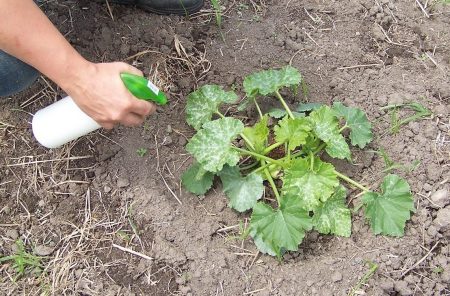
Excess or lack of nutrients can lead to the formation of an excessive amount of male flowers in zucchini. Experts recommend fertilizing the crop only 3 times for the entire growing season:
- Before flowering begins;
- During flowering;
- During mass fruiting.
You can use organic fertilizers or mineral complexes, but be careful with nitrogen fertilizing, use them in small quantities. Fatliquing zucchini will grow lush, beautiful, but absolutely useless greens, there will be few male flowers, and female ones will not appear at all.
Some gardeners in the period of prolonged rains recommend feeding zucchini with potash and phosphorus fertilizers (on the leaf and under the root). The procedure stimulates the growth of female inflorescences, you can only help them with pollination.
The lack of an element can be judged by single fruits. The appearance of atypical lines and strokes, as well as the fall of small ovaries, indicates the need for boron, rotting will be a signal of a lack of iodine. When the fruits have a narrowed center (a kind of waist) enrich the soil with calcium, if they have a spherical tip with potassium.
The Impact of Diseases and Pests
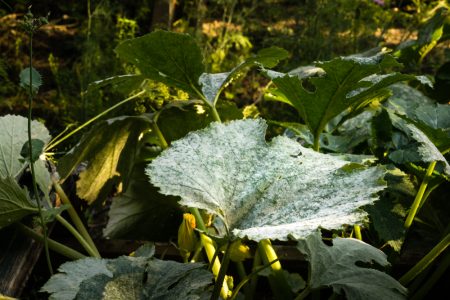
The ovary is often absent in zucchini infected with cucumber virus mosaics. To combat the disease, they use Actellik or Actaru, however, drugs will only help in the initial stages of the development of the disease. In the neglected case, the plants are not subject to treatment, you cannot leave them on the bed for a long time, they will quickly infect neighboring bushes, and they are not put into the compost heap either.
Powdery mildew can also cause an active male type of flowering and a complete absence of ovaries. To destroy the fungus, Carboran, Kefalon is used. In the early stages of the lesion, the bushes can be treated with a solution of soda ash - 2 tablespoons of soda and the same amount of liquid soap in a bucket of water. If spraying does not give a positive result, use Topaz, Fundazol or Quadris.
When bushes are damaged by pests, a certain imbalance appears, zucchini spend energy on the restoration of damaged stems or foliage, and there are not enough forces to form ovaries. The first in the fight against pests are folk remedies, when large insect colonies have to take chemicals. What to use:
- spider mite - infusion of onion or garlic husk (200 grams per 10 liters of water). A good result gives the drug Keltan in 20% concentration;
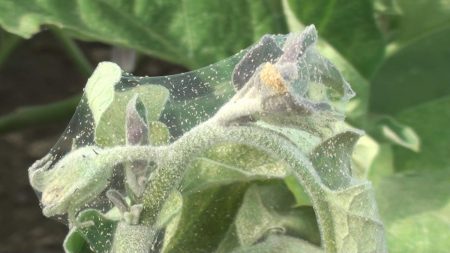
- melon aphid - pollinate bushes with ground sulfur (300 grams per 10 square meters) or treat with 10% solution of Karbofos;
- whitefly - dandelion infusion (100 grams of leaves and root, pour a liter of water, leave for 5 days, dilute with water 1: 2), as well as Iskra M or Fufanon preparations.
After any chemical treatments, beneficial insects on the site will most likely not be, even spraying with sweet solutions will not help. You can not do without artificial pollination, the procedure should be repeated every day for a week.
Errors in the care of zucchini
We considered global issues, now we will pay attention to no less important details. In the case when there are a lot of empty flowers on weaving zucchini, pinch the tip of the whip, you will be surprised, but there will be much more female flowers.
Zucchini is hygrophilous, however excessively plentiful watering leads to the formation of a large number of empty flowers, the ovaries, if they appear, will begin to decay. You can fix the situation, stress the squash, do not water them until leaves do not fade slightly, tear off a couple of lower leaves and feed the bushes with superphosphate (according to instructions). In the future, give the squash a moderate amount of moisture, use warm water, pour only under the root.
When growing zucchini in greenhouses and hotbeds, do not forget about ventilation. Stale air will provoke the development of diseases, and there is no access to insects in a closed room.
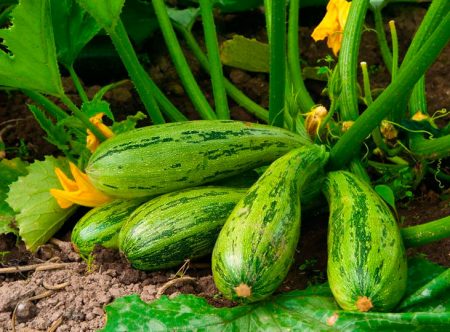
Timely discovery of the reason for the absence of ovaries in zucchini and the adoption of all necessary measures will be the key to a healthy, plentiful crop. Carefully evaluate the condition of the plant, help it with pollination, follow the rules of agricultural technology, then you will have enough zucchini for food, for spinning and for treating the neighbors.

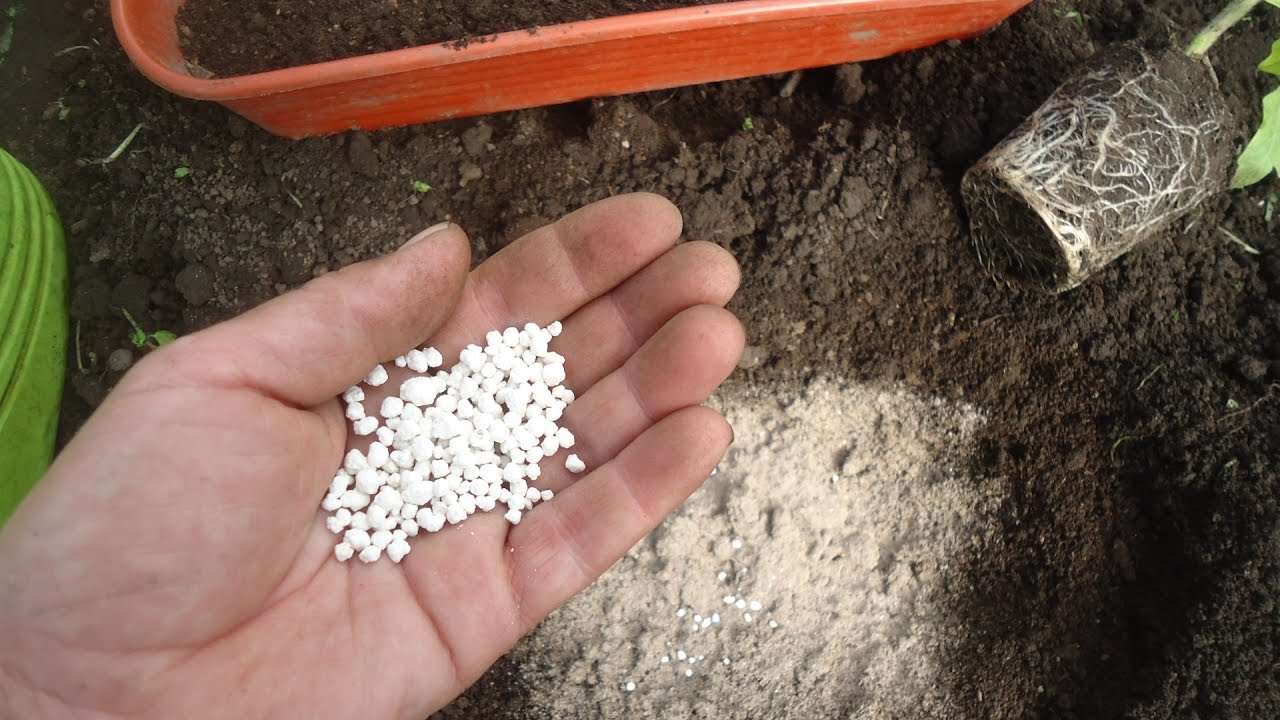
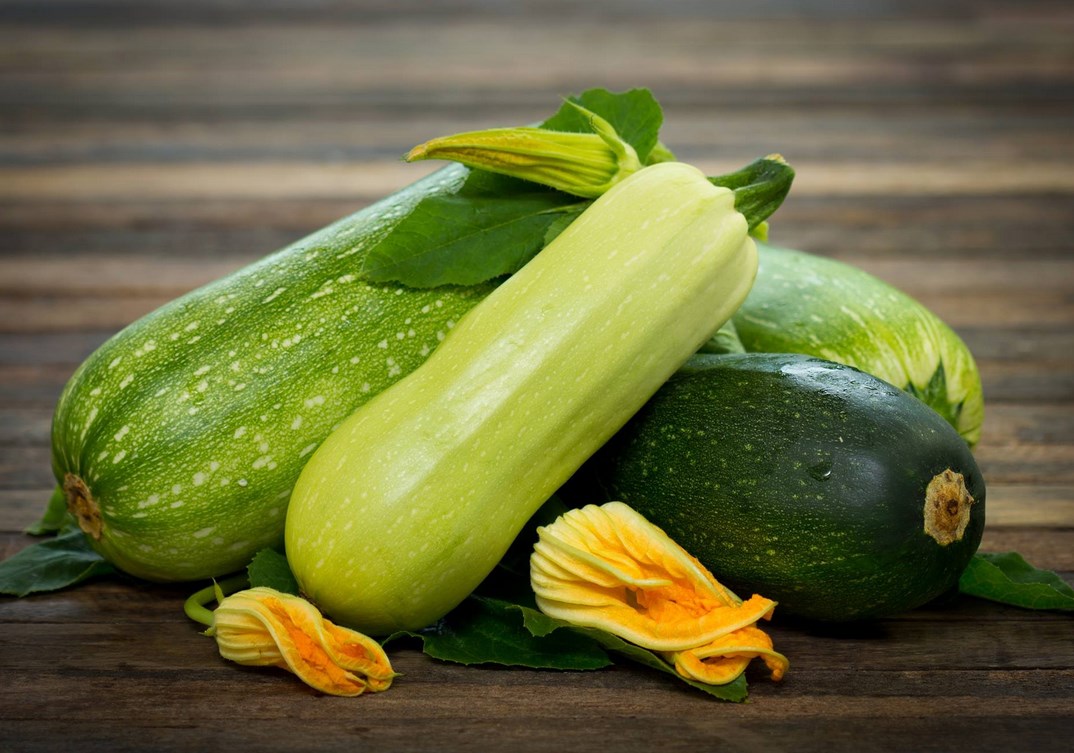
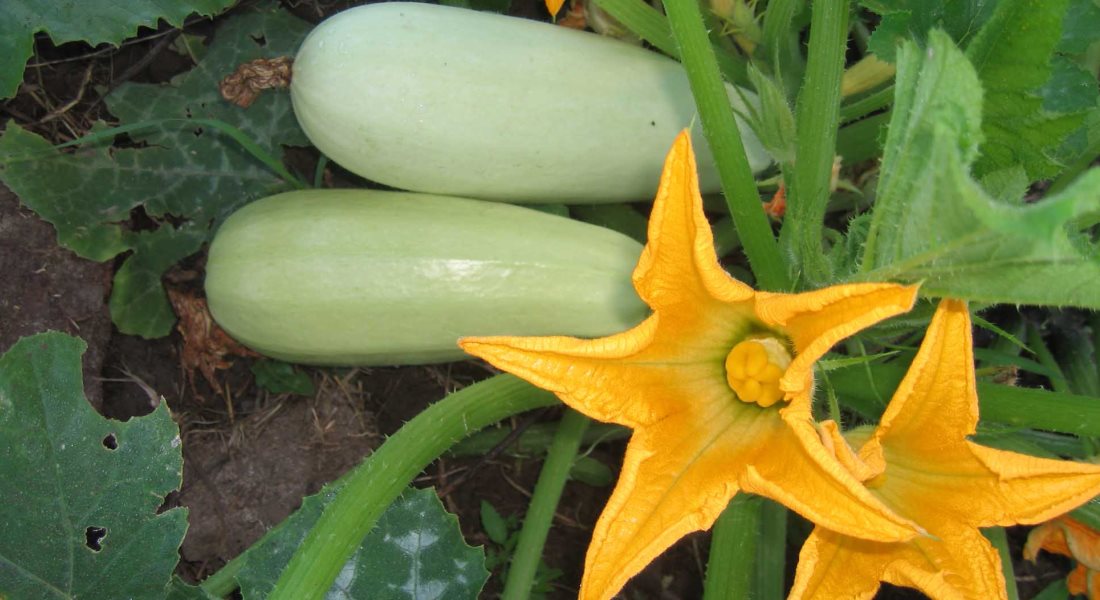
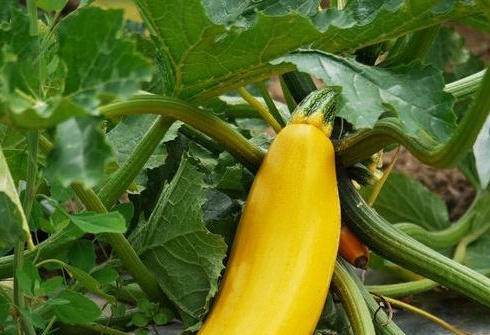 Favorable days for planting zucchini in 2024
Favorable days for planting zucchini in 2024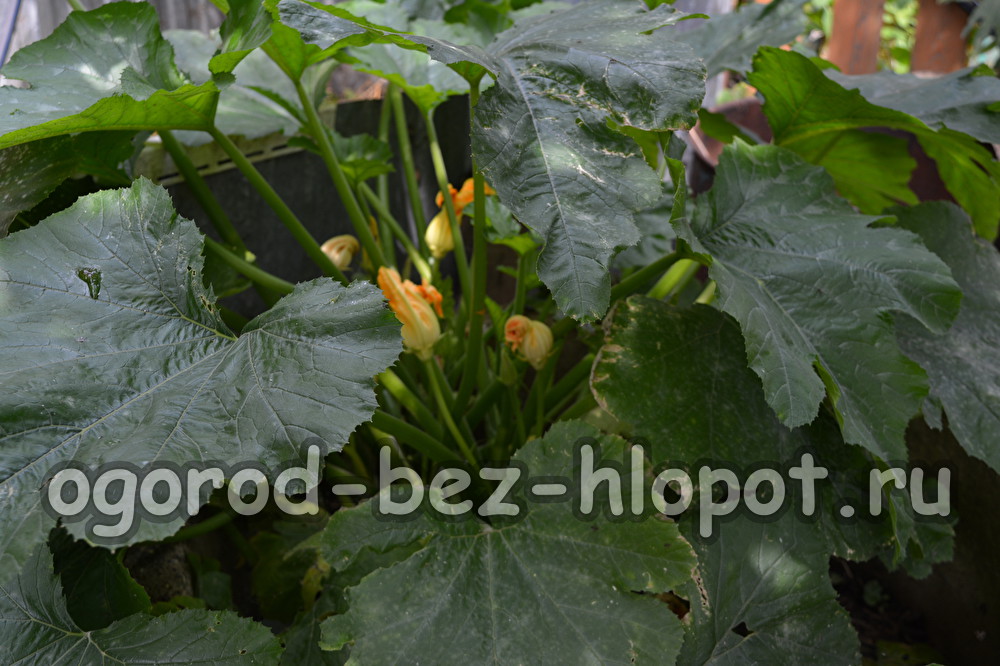 What are the courgettes grown on a warm bed
What are the courgettes grown on a warm bed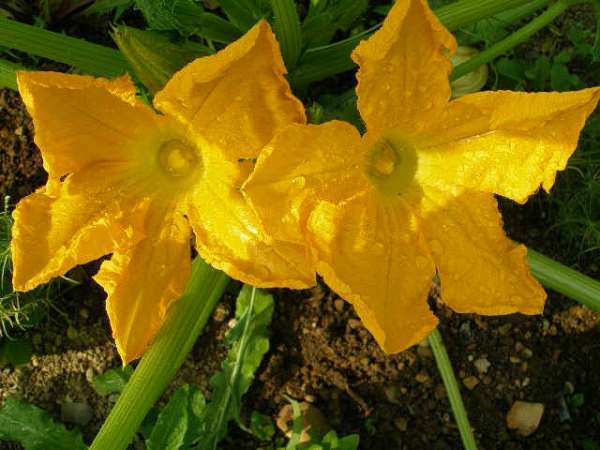 Zucchini only has male flowers, why? What to do
Zucchini only has male flowers, why? What to do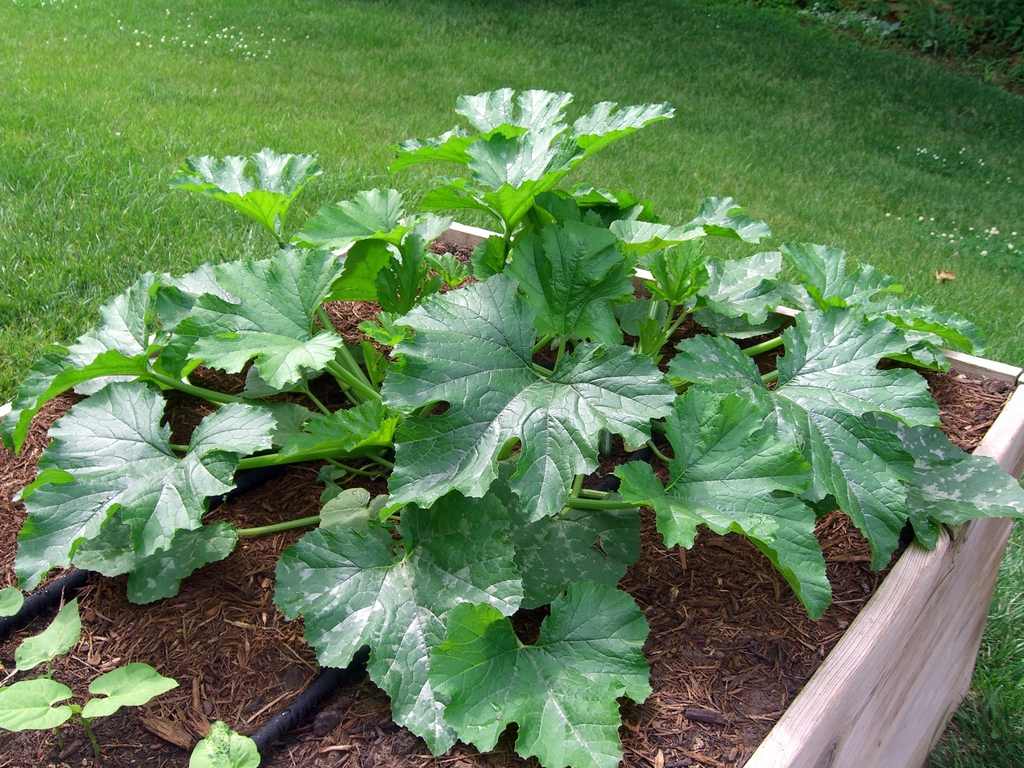 Zucchini grows, but there is no fruit - why?
Zucchini grows, but there is no fruit - why?